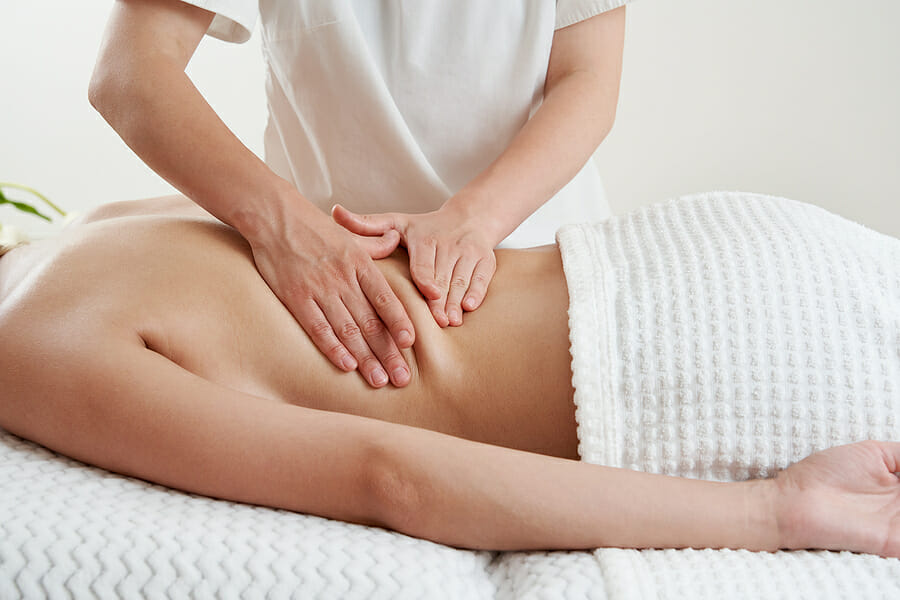Chronic pain affects millions of people worldwide, making daily activities difficult and reducing overall quality of life. Many individuals rely on medications for relief, but an increasing number are turning to natural alternatives like massage therapy. Studies suggest that massage can help alleviate chronic pain by reducing muscle tension, improving blood circulation, and promoting relaxation. But how effective is massage for chronic pain? Let’s take a detailed look at the benefits, techniques, and expert recommendations.
How Massage Helps with Chronic Pain
1. Reduces Muscle Tension and Stiffness
One of the primary causes of chronic pain is muscle tightness. Massage helps release tension in overworked muscles, improving flexibility and reducing stiffness. It also enhances the flow of oxygen and nutrients to the muscles, promoting faster healing.
2. Improves Blood Circulation
Poor circulation can lead to inflammation and discomfort. Massage therapy stimulates blood flow, ensuring that oxygen-rich blood reaches affected areas. This process helps reduce swelling, ease pain, and improve mobility.
3. Lowers Stress and Anxiety Levels
Chronic pain can cause emotional distress, leading to higher levels of stress hormones like cortisol. Massage triggers the release of endorphins, the body’s natural painkillers, while also lowering cortisol levels. This dual effect helps people manage pain more effectively.
4. Enhances Joint Mobility and Flexibility
Conditions like arthritis and fibromyalgia often result in stiff joints and limited movement. Regular massage can increase range of motion, making everyday activities easier and less painful.
5. Interrupts Pain Signals to the Brain
Research suggests that massage therapy can alter the way the brain perceives pain. By stimulating nerve receptors, 오피 can reduce pain signals, providing both short-term and long-term relief.
Best Types of Massage for Chronic Pain Relief
Not all massage techniques are the same. Depending on the type and severity of your chronic pain, different approaches may work best. Here are some of the most effective techniques:
1. Deep Tissue Massage
- Ideal for chronic pain caused by muscle knots and tension
- Uses slow, deep strokes to target deeper muscle layers
- Helps break down scar tissue and improve mobility
2. Swedish Massage
- Uses gentle, flowing strokes for relaxation
- Ideal for reducing stress-related pain
- Helps improve circulation and muscle flexibility
3. Trigger Point Therapy
- Focuses on specific tight areas, known as trigger points
- Helps release knots that cause pain in other parts of the body
- Especially effective for headaches, back pain, and joint pain
4. Myofascial Release
- Targets the fascia (connective tissue around muscles)
- Helps reduce stiffness and improve movement
- Commonly used for conditions like fibromyalgia and postural issues
5. Reflexology
- Focuses on pressure points in the hands and feet
- Helps relieve tension throughout the body
- Ideal for people who prefer a less intense massage
What to Expect from a Massage Session for Chronic Pain
If you’re considering massage for chronic pain, here’s what you can expect:
- A Personalized Consultation – Your therapist will discuss your pain areas and health history.
- Targeted Techniques – The therapist will use specific massage techniques based on your condition.
- Some Discomfort – Deep tissue or trigger point therapy may cause mild discomfort, but it should never be painful.
- Post-Massage Soreness – It’s normal to feel sore after a session, but this usually fades within a day.
- Gradual Improvement – While some relief is immediate, long-term benefits require consistent massage sessions.
How Often Should You Get a Massage for Chronic Pain?
The frequency of massage sessions depends on the severity of your pain. Here are general recommendations:
- Mild Chronic Pain: Once a month
- Moderate Pain or Stress-Related Pain: Every 2 weeks
- Severe Chronic Pain (e.g., arthritis, fibromyalgia): Weekly sessions for best results
Additional Tips for Managing Chronic Pain
While massage is effective, combining it with other lifestyle changes can maximize pain relief. Here are some additional tips:
- Stay Hydrated – Drinking water helps flush out toxins released during massage.
- Stretch Regularly – Gentle stretching improves flexibility and prevents muscle tightness.
- Exercise Wisely – Low-impact activities like yoga and swimming can strengthen muscles and reduce pain.
- Use Heat or Cold Therapy – Applying heat or ice packs before or after a massage can enhance its effects.
- Maintain a Healthy Diet – Anti-inflammatory foods like turmeric, ginger, and omega-3 fatty acids can help reduce pain.
Conclusion
If you’re struggling with chronic pain, massage therapy may be a natural and effective solution. By relieving muscle tension, improving circulation, and promoting relaxation, massage can significantly reduce pain and enhance overall well-being. Whether you choose deep tissue massage, trigger point therapy, or reflexology, regular sessions can provide lasting relief.




